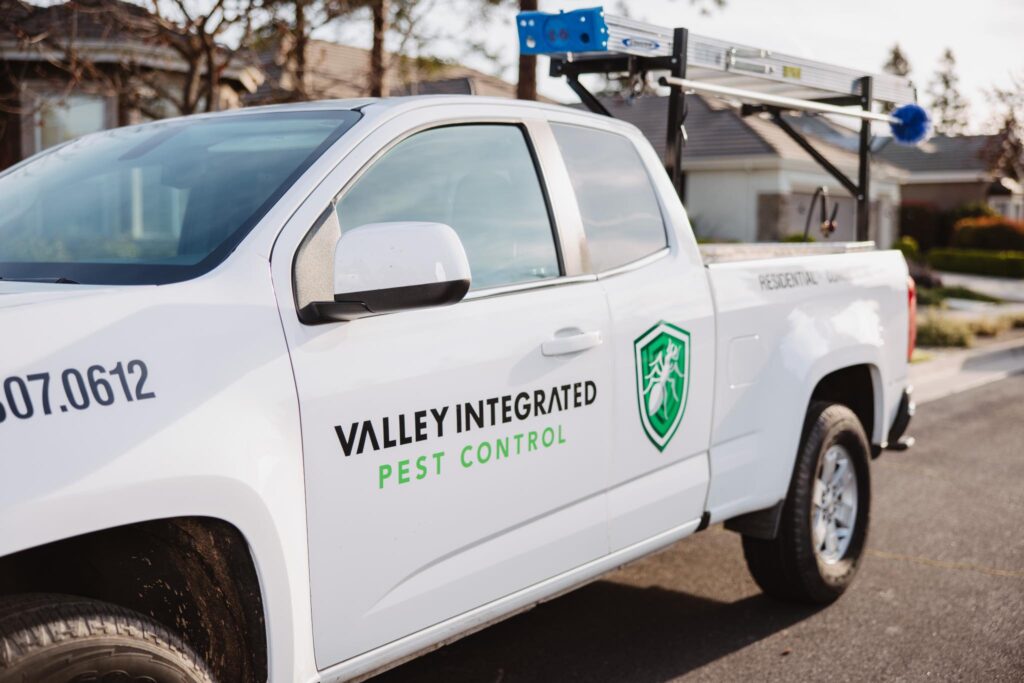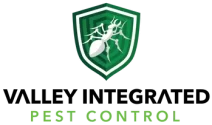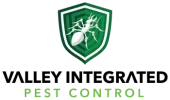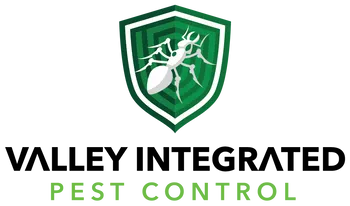It might be unnerving to discover a wasp nest close to your house. These humming insects are very protective of their territory and may become hostile if they perceive a danger. Whether the nest is tucked under an eave, hanging in a tree, or hidden in your shed, you need to handle the situation carefully. But before you take action, it’s important to know what not to do. Making the wrong move can lead to painful stings or an even bigger infestation.
This blog post covers the key mistakes homeowners make when they discover a wasp nest, why you shouldn’t ignore the problem, and safe alternatives for dealing with it.

Why You Shouldn’t Ignore a Wasp Nest Near Your Home
Many people hope that if they leave a wasp nest alone, it will disappear on its own. Unfortunately, wasps won’t abandon an active nest without a reason. Instead, the colony will continue to grow throughout the season. A small nest with just a few wasps can become home to hundreds in a matter of weeks.
The Dangers of a Wasp Infestation
Wasps are protective of their nests. Even slight disturbances can trigger an aggressive defense response. Multiple wasps can sting at once, making them more dangerous than bees. For someone sensitive to wasp venom, a sting could cause anaphylaxis among other severe symptoms.
Potential Damage to Outdoor Spaces
When wasps are around, enjoying the outdoors becomes more of a challenge. If a nest is close to a porch, garden, or playground, you may find it unsafe to use those spaces. Pets and children are at particular risk, as they might unknowingly provoke the colony.
What NOT to Do When You Find a Wasp Nest
Taking the wrong approach to insect removal can make things worse. In the event that you find a wasp nest in your yard, follow these guidelines to avoid making the most typical blunders.
Don’t Try to Remove It Yourself Without Experience
DIY wasp removal is risky. Without protective gear and proper methods, you could easily provoke an attack. Many people underestimate the speed and aggression of wasps defending their colony.
Don’t Disturb or Agitate the Nest
Do not poke, hit, or shake the nest. Vibrations from lawn equipment, or even loud noises nearby, can be enough to alarm the wasps. Any disturbance increases the chance of being stung.
Don’t Use Water to Flood the Nest
Some think spraying a nest with water will destroy it. In reality, water does little damage and only makes the wasps more aggressive. This tactic can also encourage them to relocate—possibly inside your home.
Don’t Use Fire or Flammable Liquids
Burning a wasp nest is extremely dangerous and illegal in many places. Fire can spread to nearby structures, causing far more damage than the wasps themselves.
Don’t Ignore the Problem Hoping It Will Disappear
A nest that’s left alone will continue to grow. The colony becomes bigger and more challenging to manage as time passes. Early action is always the safest option.
Safer Alternatives to Handle a Wasp Nest Near Your Home
Rather than risking your safety, there are smarter ways to deal with a wasp problem.
Observe from a Safe Distance
Before you take any steps, assess the situation from afar. Identify how large the nest is and where it’s located. The ideal course of action may also depend on the kind of wasp you’re dealing with.
Contact a Professional Pest Control Service
It is recommended to use a professional pest control service if you want the wasps removed safely and effectively. To safely dismantle nests, it is best to hire a professional that has the necessary tools and knowledge. They’ll also check for any additional nests on your property.
Preventative Measures to Avoid Future Nests
After insect removal, take steps to prevent new nests. Seal cracks in siding, repair window screens, and keep outdoor garbage sealed. Reducing food sources and potential nesting sites can discourage wasps from returning.
Common Types of Wasps and Their Nests
To better understand the danger, it helps to identify the species of wasp.
Paper Wasps
These wasps build open, umbrella-shaped nests that hang from eaves, railings, or tree branches. Even though they’re not very violent, they will sting if someone tries to harm their nest.
Yellowjackets
Yellowjackets frequently create nests behind walls or underground and are rather hostile. They are quick to sting and defend their colony.
Hornets
Hornets build large, enclosed nests, usually in trees or on buildings. They are the most aggressive of the common wasps and will attack if disturbed.
Act Wisely and Protect Your Home From Aggressive Wasp Infestations!
Remain composed and refrain from taking rash action if you discover a wasp nest close to your house. DIY attempts at wasp removal often lead to unnecessary risks. Never try to flood, burn, or disturb the nest. Rather, watch from a distance and get in touch with an expert for safe insect removal.
Taking the proper steps will protect your home and family from harm while reducing the chances of future infestations. Don’t wait—early action makes all the difference when it comes to wasps.
Get expert assistance to protect your family and property against hazardous wasp nests. We at Valley Integrated Pest Control provide wasp nest removal services that are both secure and efficient. Don’t risk painful stings or costly mistakes—contact our expert team today for fast, reliable solutions. Your safety is our top priority!






